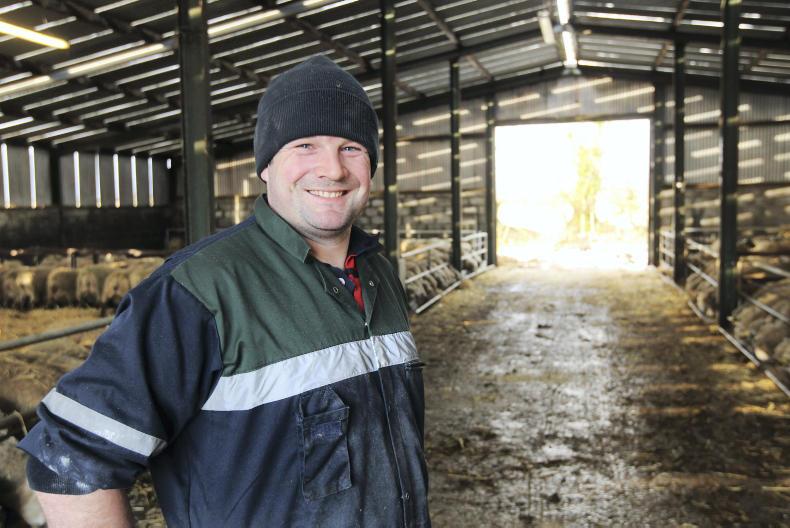Last month, we travelled over to the US for my brother’s wedding. We had a wonderful time – though I think I may have a few more grey hairs after the children convinced me to go on a few rollercoasters.
While over there, we visited several grocery stores. I have heard it said by meat processors and other organisations that access to the US market would be very beneficial to the sheep sector. If so, I don’t think it will be from the ordinary consumer as the shelf space given over to fresh lamb cuts was more or less the same size as to what we would see in Irish supermarkets but given the size of the supermarkets and the percentage of shelf space allocated to beef, pork, chicken, etc, lamb only gets a small fraction of total display space.
Also, instead of the traditional cuts we would pick up here such as chops or legs, there was a higher proportion of minced lamb being stocked, which to my mind is usually from the lower-end cuts.
At home, the prices are finally starting to rise as the stocks of finished lamb become scarcer. Unfortunately, it is very similar to the beef markets at present in that the Irish prices are lagging well behind what is being achieved by producers in other countries, even those in the southern hemisphere.
Lamb sales
The last of this year’s lambs have left my farm this past week. Looking back over the sales for the year, lamb price has been back by approximately 10%. Luckily, the use of concentrate meal this year has been reduced but other expenses still continue to increase despite all best efforts to curtail them.
With the reduced workload at this time of year, I will go over the farm finances and see if I can tweak the system to make savings or see if I can negotiate better prices for inputs in the coming year.
I still believe that utilising the grass produced on the farm is one of the best ways I can produce lamb profitably.
It is also important that the industry realises that there is no fat left to trim at this end of the supply line and they need to be socially responsible by paying their suppliers a better price for the lamb we supply.
With the holidays over, it is time to get back to work. We have started to house ewes here lately. Last week, we housed and scanned the ewes that are due to lamb the end of February.
The central progeny testing (CPT) ewes will be housed this week and they will be scanned around Christmas. All the ewes with repeat raddle marks will be removed from the different batches prior to housing as they will not be lambing till next April. These will be put onto forage rape. In addition, they will be scanned sometime in January and kept outdoors till nearer to lambing.
I’m sure Alison will have a few odd jobs she will want me to do before the farm workload increases again next spring.






 This is a subscriber-only article
This is a subscriber-only article










SHARING OPTIONS: